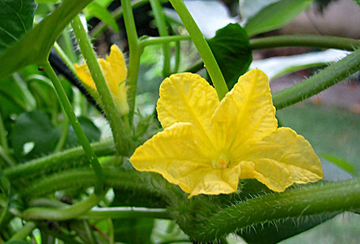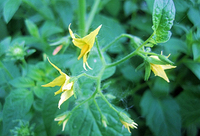
First Harvest

In July, early vegetables are available for harvest. Small but steady crops of undetermined tomatoes, summer squashes, zucchini, snap peas, and beans throughout the summer make for a light and wholesome meal.
The tastiest vegetables are those that are freshly picked at their peak of ripeness, and growing them yourself brings an added sense of pride and satisfaction.
Independence Day, Early Girl, and Supersweet100 are just a few examples of tomato varieties that ripen early and can be harvested at the beginning of July.
Early Fortune and early pickling cucumbers take only 45-55 days from seed to harvest, and their fruit is tasty without any bitterness.
Zucchinis and squashes are quick yielding, especially Early Summer, Superset or Black Beauty.
If you want sweet peppers early, consider Gypsy or Bell Boy varieties, and for hot peppers, go for Habaneros.
Pole beans, despite their legendary growth speed, require 60-80 days to harvest.
For faster crops, consider planting bush beans such as Tennessee Green Pod, Topcrop, or Royal Burgundy.
Eggplants take an average of 80 to 100 days from seed to harvest, so there is no such thing as a fast-growing eggplant. The quickest varieties, Early Black Egg or Early Midnight, can be harvested in 65 days.

What Where When

If you want your vegetable crops to yield, always plant them in full sun and cultivate the soil every spring with plenty of organic material.
Indeterminate tomatoes, cucumbers, pole beans and summer squash have long chords and should be trained on stakes, trellises, or netting to create more space in the vegetable border and allow for better access to sunlight.
Before planting crops together, check companion planting guides for compatibility.
For example, basil pairs well with peppers and tomatoes, squash, beans, and corn make a great combination, and garlic and onions shouldn't be planted with beans and peas.
If you're short on garden space, tomatoes and peppers can grow happily in containers or bags of soil.
Increase your space, enhance the flavor of your produce, and keep pests away by planting herbs like parsley, chives, and basil in their pots.
Consider a four step crop rotation plan if you have the space. Take advantage of the space left bare after early vegetable harvests for later summer crops.
